What Is a Pinch Point?
A pinch point is a moment in your story when the antagonist’s presence is felt—clearly, viscerally, and often uncomfortably. It’s not necessarily a fight scene or a dramatic confrontation. In fact, the best pinch points often whisper rather than shout. They serve as a narrative pressure point, subtly reminding your protagonist (and your reader) that danger is real, the stakes are high, and the conflict is far from over.
You’ll typically find pinch points at two key moments:
- End of Act 1 – Just after the protagonist commits to the journey.
- Midpoint of Act 2 – Right before things spiral or shift dramatically.
Suspense vs. Surprise: Why It Matters
There’s distinction between suspense and surprise. Surprise is a jump scare. Suspense is a slow burn. And when it comes to pinch points, suspense wins every time.
Think of it like this:
- Surprise says, “Boom! You didn’t see that coming.”
- Suspense says, “You do see it coming… and you can’t look away.”
A well-crafted pinch point builds dread, not just drama. It gives your reader a glimpse of the antagonist’s power or intent, without resolving anything. That unresolved tension is what keeps pages turning.
Examples That Nail It
Prince Caspian, Jane Eyre, and Dunkirk—stories that span genres but share one thing in common: they use pinch points to anchor the narrative in its central conflict. Whether it’s a villain’s looming threat or a moment of psychological unease, these scenes remind us why the protagonist’s journey matters.
Here are some examples that may not always be flashy, but they are always pivotal in keeping tension alive and reminding readers what the protagonist is up against:
The Fellowship of the Ring by J.R.R. Tolkien
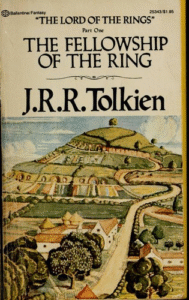
First Pinch Point: When Frodo sees the Black Riders for the first time.
- The threat isn’t fully explained yet, but the sense of dread is unmistakable.
- It’s a subtle but chilling reminder that evil is hunting him, even before he understands why.
Second Pinch Point: The Fellowship enters Moria and discovers the tomb of Balin.
- The stakes escalate. The enemy’s reach is deeper than expected, and the journey becomes far more dangerous.
Gone Girl by Gillian Flynn
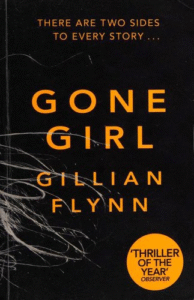
First Pinch Point: The discovery of Amy’s diary.
- It shifts the reader’s perception and hints at a darker, manipulative force behind the scenes.
- The antagonist’s psychological grip begins to tighten.
Second Pinch Point: The reveal that Amy is alive and orchestrating everything.
- A masterclass in suspense—this moment flips the narrative and shows the antagonist’s full control.
Dracula by Bram Stoker
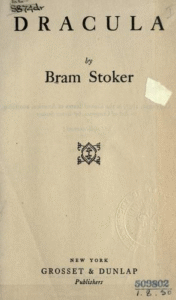
First Pinch Point: Jonathan Harker realizes he’s a prisoner in Dracula’s castle.
- The horror isn’t just supernatural—it’s personal and immediate.
- Dracula’s power is felt, not just described.
Second Pinch Point: Lucy’s transformation begins.
- The antagonist’s influence spreads beyond the castle, threatening the protagonist’s world.
The Martian by Andy Weir
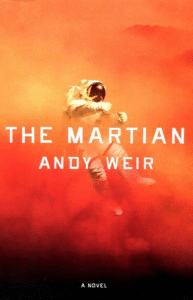
First Pinch Point: Mark Watney discovers the communication system is dead.
- Isolation becomes real. The antagonist here is nature itself—relentless and indifferent.
- The stakes are survival, and this moment makes that brutally clear.
Second Pinch Point: The airlock explodes.
- Just when things seem stable, disaster strikes again. It’s a reminder that the environment is unforgiving.
To Kill a Mockingbird by Harper Lee
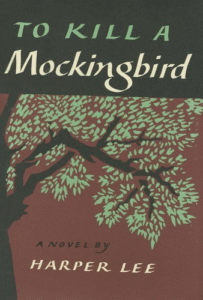
First Pinch Point: Atticus Finch takes on Tom Robinson’s case.
- The antagonist isn’t a person—it’s systemic racism.
- This moment sets the tone for the social conflict and the danger it brings to the Finch family.
Second Pinch Point: The mob confronts Atticus outside the jail.
- Tension peaks. The threat is no longer abstract—it’s physical and immediate.
Tips for Writing Your Own Pinch Point
Ready to craft a pinch point that resonates? Here are five tips to keep in mind:
- Reveal the antagonist’s power – Show, don’t tell. Let readers feel the threat.
- Keep it subtle – It doesn’t need to be explosive. A quiet moment can be just as chilling.
- Tie it to your theme – Reinforce what your story is really about.
- Don’t resolve the tension – Leave questions unanswered. Let the suspense linger.
- Use it to pivot – A pinch point should shift the protagonist’s mindset or strategy, even slightly.
Bonus Resources for Deeper Craft
If you’re hungry for more, there’s a treasure trove of related videos:
- ▶️ Writing the First Pinch Point – 5 Tips
- ▶️ Story Structure Part 5: Pinch Points
- ▶️ First Plot Point vs. First Pinch Point
- ▶️ How to Write the Second Half of Your Novel
These are gold for writers who want to build suspense with intention, not just instinct.
Whether you’re outlining your first novel or revising your tenth, pinch points are your secret weapon. Use them wisely, and your story won’t just move—it’ll grip.
